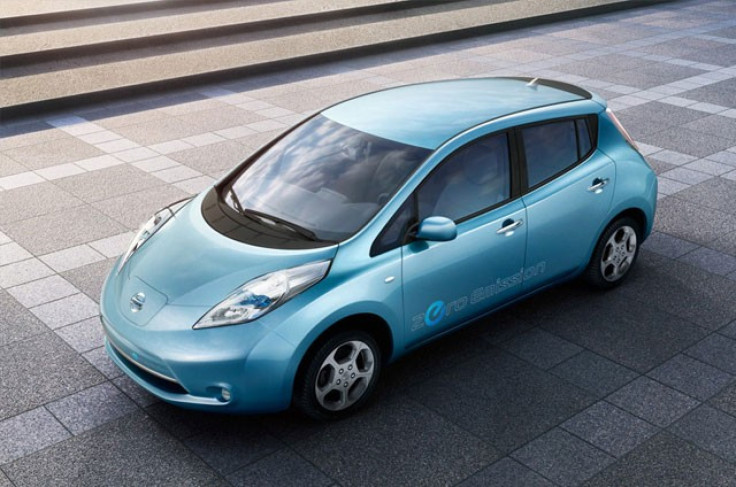Ten best cities for electric cars in United States

Plenty of research - from sources like GE and Deloitte, to name a few - has shown that range anxiety, or the fear of running out of battery charge in the middle of the road, is one of the biggest factors scaring consumers away from electric vehicles (EVs).
But while current battery technology might not meet everyone's needs, it may surprise you how many millions of commuters stand to benefit from EV adoption right now.
Research from General Electric and Deloitte shows a number of U.S. cities of high population and daily commutes of 50 miles or less could be good markets for EVs.
Meanwhile, GE will purchase 25,000 electric vehicles by 2015 for its own fleet and through its Capital Fleet Services business for its sales force team. GE will initially purchase 12,000 GM vehicles, beginning with the Chevrolet Volt in 2011, and will add other vehicles as manufacturers expand their electric vehicle portfolios.
The company is also investing $10 billion over the next five years in clean energy across its business lines, including power- transmission software and so-called smart-grid technologies.
The 10 Best Cities for Electric Cars:
1. Dallas - With 2.78 million commuters living within 50 miles of the city center and 91.5 percent currently driving to work, Dallas is number one on the list of best candidate EV cities. Suburbs within the 50-mile range include Denton, Frisco and McKinney. The city Ft. Worth is also less than 50 miles from Dallas (around 35 miles, depending on starting point)
2. Houston - Another Texas city, Houston, has 2.46 million commuters (90.8 percent already commuting via car) within 50 miles of downtown. Suburbs within the range of 50 miles include Baytown, Texas City, and The Woodlands.
3. Detroit - A surprise (to some) is inclusion of the Motor City on the list. Detroit, Michigan has 1.65 million commuters, 92.6 percent of whom drive to work. The suburbs of Ann Arbor, Rochester Hills, and Monroe fall in the 50 mile and under range.
4. St. Louis - Home of the Arch, St. Louis, Missouri has 1.21 million commuters and 91.2 percent drive to work. Cedar Hill, Festus, and Lake St. Louis are within the 50-mile radius of the city center.
5. Atlanta - In Georgia, Atlanta has 2.21 million commuters, and 87.8 percent now drive to work. Canton, Lawrenceville, and Newman are within the 50-mile range.
6. Miami - With 2.16 million commuters and 88.1 percent driving to work, Miami is another good candidate for best EV cities. Coral Springs, Ft. Lauderdale, and Homestead are in the 50-mile range.
7. Phoenix - Arizona's largest city, Phoenix has 1.67 million commuters and 88.2 percent currently driving to work. Nearby suburbs (in the 50 miles and under range) include Apache City, Junction, and Sun City West.
8. Tampa - Another Florida city, Tampa has 1.07 million commuters and 89.8 percent currently driving to work. Bradenton, Lakeland, and Spring Hill are all in the 50 mile and under range.
9. Cincinnati - Another rust-belt city, Cincinnati, Ohio has nearly 923,000 commuters and 90.8 percent of them currently drive to work. Suburbs in the 50-mile range include Hamilton, Springboro, and Williamstown (Kentucky). Note that Dayton is 50 miles (less if traveling from the city limit).
10. Sacramento - California's capital, Sacramento has 800,759 commuters and 87.3 percent drive to work. Suburbs falling in the 50-mile radius from Sacramento city center include Arbuckle, Fairfield, and Yuba City.
At the same time governments across the world have set aside billions of dollars in the form of subsidies for early adopters of these alternative energy cars and to boost production of batteries for such vehicles despite persisting doubts about how many people will actually buy them.
The Department of Energy said it is investing $2.85 billion in electric vehicles of which $2 billion will go to help US carmakers produce advanced vehicle batteries and drive train components. Around $400 million will be invested to buy, test, and deploy different types of electric vehicles in the marketplace, and $300 million in cost-share projects under the Clean Cities program.
© Copyright IBTimes 2024. All rights reserved.











